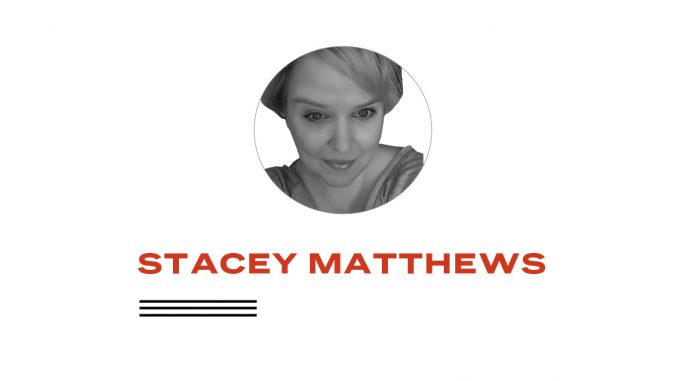
It was Tuesday afternoon, just before 6 p.m.
I was finishing up a writing day when my mother called to me from the living room. “You need to come look at this.”
She watches the local news daily. Some days after I’m done writing, I tune the news out. But not on this day.
What I saw on the TV screen shook me to the core. There had been a mass shooting at UNC Charlotte, just ten minutes from where I was.
Two students were killed: 21-year-old Riley Howell and 19-year-old Ellis “Reed” Parlier. Four students were injured: 19-year-old Drew Pescaro, 20-year-old Sean Dehart, 20-year-old Rami Alramadhan, and 23-year-old Emily Houpt.
Charlotte, which had mercifully been spared the horror of a mass school shooting up until last Tuesday, suddenly joined the ranks of cities like Columbine, CO, Parkland, FL and Blacksburg, VA who all share the unwanted distinction of being places where unimaginable, deadly campus shootings took place.
The city has been my home since the early 80s. And the university area is where my family laid down roots some 20 years ago. We’ve watched with pride as the campus grew, as new buildings and a stadium were constructed and more nearby off-campus housing was built.
The main concern for many on this side of town through all of it has been about traffic. “How much more can this side of Charlotte handle?” is a question frequently heard.
On Tuesday, there was a different kind of traffic. First responders arrived in full force. News media vans parked wherever they could on and off campus. Other students and concerned family members converged. Some news outlets used helicopters to give their viewers an overall look at the area where the shooting took place.
The one common theme heard in the immediate aftermath was that we were “Charlotte strong.” We would get through this. The shooter was in custody and provided a full confession. We would soon — at some point — find out the answers as to “why.”
The next day, we found out through Charlotte-Mecklenburg police chief Kerr Putney that Riley Howell’s actions saved lives, that he was a hero. He had sacrificed his life. It was an emotional, heartbreaking moment that deeply impacted anyone listening, regardless of what “side” they stood on in the debate over how we should respond in the aftermath of school shootings so that they’ll never happen again.
As devastating as school shootings are, the grief is compounded in the days that follow as all “sides” of the debate dig in with their positions. The mainstream media oftentimes portrays one side as more caring about finding solutions than the other. Gun rights proponents are frequently portrayed as people with “blood on their hands.” If they would just get out of the way, the news media and commentators say, we could stop these senseless tragedies.
What they don’t understand as that in the aftermath, defenders of gun rights grieve, too. They assess what happened and think over and over again of ways the shooting might have been stopped, or the victim count contained to a minimum. They have their own solutions in mind, but few people want to listen.
Some gun rights proponents have been victims of school shootings themselves. Or have loved ones who were. They, too, think we could do more to prevent them in the future. But few people are willing to listen, because their solutions don’t fit the narrative.
No “side” wants to see more school shooting victims. All “sides” want students to feel safe at school. These are common goals. But how to get there is the source of intense debate.
There really should be no “sides” in solving this issue, but there are. One thing is certain, however: We all grieve.
Stacey Matthews is a veteran blogger who has also written under the pseudonym Sister Toldjah and is a regular contributor to Red State and Legal Insurrection.



